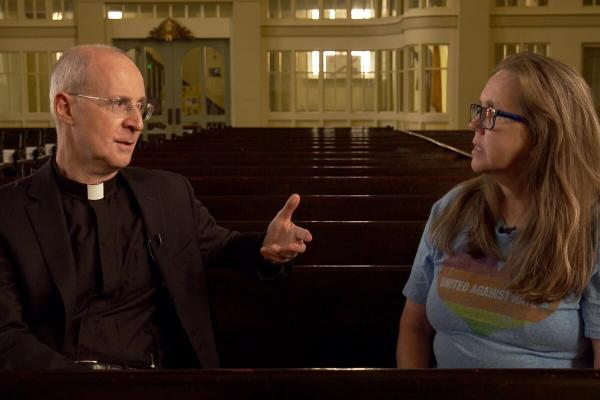Jun 23, 2022
The filmmakers tell the stories of LGBTQ Catholics and their families with gentleness and respect. “Nothing converts like stories,” Martin says in the film.
Read the Full Article

Already a subscriber? Login

The filmmakers tell the stories of LGBTQ Catholics and their families with gentleness and respect. “Nothing converts like stories,” Martin says in the film.
